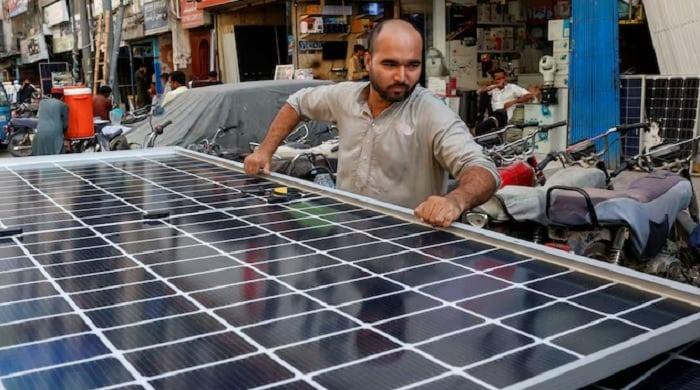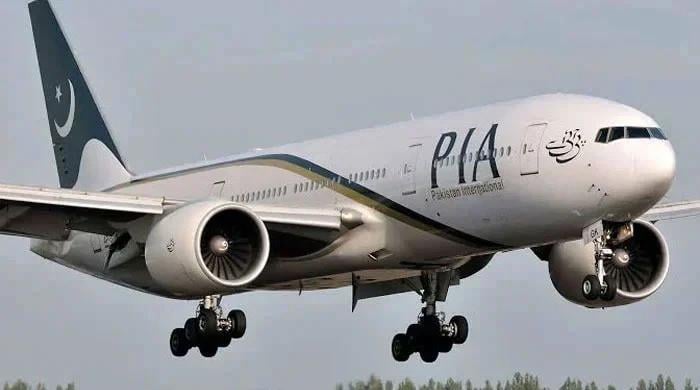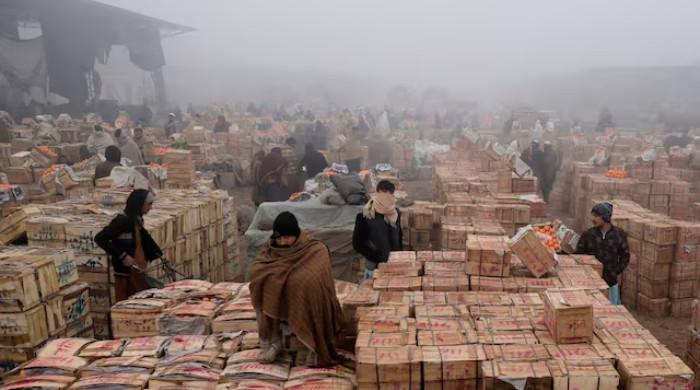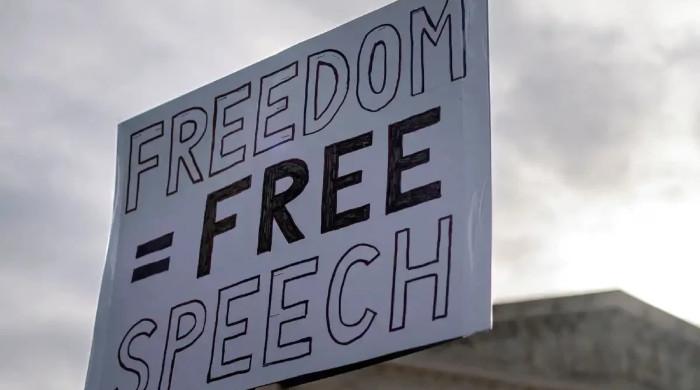India’s penchant for false-flag operations
India launched a strike in Pakistan based on a ‘false-flag’ Pulwama attack
March 05, 2019
We are all aware of the potential destructiveness of modern day warfare and in this age of manic communication the justification for an attack has to be based on more than just ‘he said, she said’. Through its incursion into Balakot, India seems to have taken a leaf out of the US book. Just like the US hid the real (illegal) reasons for attacking Iraq behind the bogey of WMDs, India took it a step further by launching a strike in Pakistan based on a ‘false-flag’ Pulwama attack. Where the US had to face the embarrassment of accepting after the fact that there were no WMDs in Iraq, India doesn’t have to save face because the thing about false-flag operations is that they are not easy to prove or disprove and they provide a heady excuse for military action. It’s mostly about how strong or believable a perception it carries.
However, the kink here is that just as Pakistan has not been able to prove that Pulwama attack was an Indian false-flag operation, India too has failed miserably to prove that JeM was behind it. India’s only justification of Balakot was Pulwama attacker Adil Ahmad Dar’s video confession that he belonged to JeM. We all realize the odds here, like what are the odds that JeM which India accuses Pakistan of harboring, would carry out such an attack on the eve of a very crucial Saudi state visit and embarrass the country that allegedly provides it shelter, what are the odds of Pulwama benefitting a crisis-ridden Modi government ahead of general elections, or how easy it would be for Indian intelligence to infiltrate Kashmiri Intifada and recruit a local, young man full of hatred for India and convince him that he’s joining an outfit like JeM.
Or more realistically how much pressure/torture/threat would a young man be able to endure before succumbing to Indian army pressure, record a video and blow himself up (According to the online edition of Kashmir Times dated Oct 09, 2017, Indian army and Special Operations Group (SOG) forces carried out an operation in the Barbugh village of southern Shopian district, killing two “militants” and arresting their third associate. The news report goes on to say (in 2017 mind you) that the “third militant, Adil Ahmad Dar was apprehended… and was whisked away in a forces vehicle for interrogation. Deputy Inspector General (DIG) of police for southern Kashmir, S P Pani said that all the militants belonged to Hizb-ul-Mujahideen.” and so on. You get the drift.
India is not the first country in the world to carry out false-flag operations, nor is it the most notorious. But it has taken this sort of deception to a new level. It’s not surprising at all how in the flood of fake news being generated by India, the world has forgotten the 1939 Gleiwitz Incident, a covert Nazi German attack on its own radio station by its own soldiers posing as Polish nationals. That along with several similar false-flag operations was used by Hitler to attack Poland and that led to World War Two. Or how the world has forgotten the 1788 Russo-Swedish War which started when the Swedes wearing Russian military uniforms attacked Puumala (interesting how similar it reads to Pulwama), a Swedish outpost on its border with Russia. It allowed King Gustav III to convince the parliament to give consent to attack Russia.
So how does one figure out the truth behind incidents like these. Just like one would do in any other crime investigation; by following evidence, not accusing anyone without proof and certainly not by tainting the crime with hysteria and lies. In case of Pulwama, the Indian soldiers killed in the attack deserve truth before any jingoism from their government.
The Pulwama dossier should have been submitted to Pakistan before Balakot and the fact that it wasn’t raises serious questions about its substance or lack thereof. Indian media can scream all it wants; it can’t overshadow that logical question of whether Pulwama was a deception or not, given India’s penchant for false-flag operations. Indian politicians like Bengal CM Mamata Banerjee is amongst several high ranking Indian politicians to accuse the Modi government of ignoring "intelligence inputs" before the Pulwama attack and mock Modi's "shadow battle" ahead of Indian general elections.
Pakistan’s review of New Delhi’s Pulwama dossier shows that it carries no information let alone proof about camps and/or presence of JeM leadership in Pakistan. Where Indian newspapers quote their government officials saying that the dossier contains clear evidence linking JeM to Pulwama, a report in The News citing senior diplomatic sources says that the dossier merely comprises self-made reports submitted by Indian intelligence to satisfy Modi government’s war mongering. This is “he said, she said”. So what would be able to tilt the scales? The dossier itself?
On Cobrapost, an Indian non-profit news website predominantly known for investigative journalism, its Operation 136 “exposes many Indian media houses willing to peddle Hindutva, which could lead to communal polarization for electoral gains, and to defame political rivals as part of a malicious media campaign, all for money.”
It might be considered naïve to say that the dossier be made public but in an age of complicated and over-lapping realities, simplicity is all that’s left untainted. So, how about it. India should make the dossier public. It expects people to believe all the fake news being dished out on Indian media, how about some dossier truth for a change.
The writer is Executive Producer at Geo News, and Editor of Jang-The Economist annual editions. She tweets @munazza193









